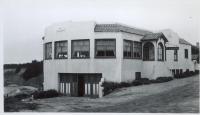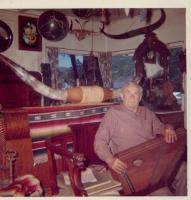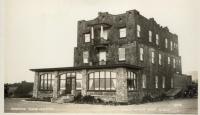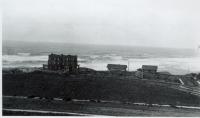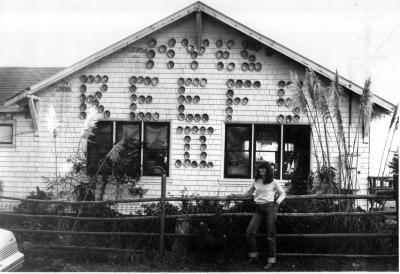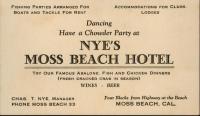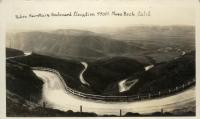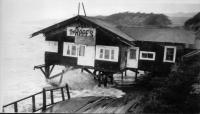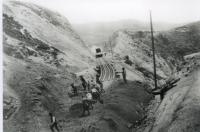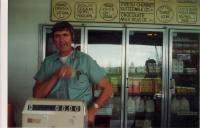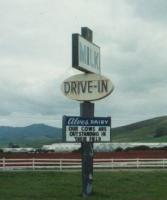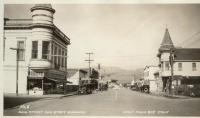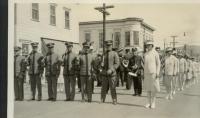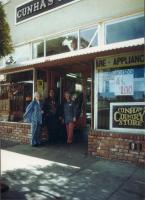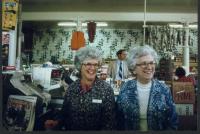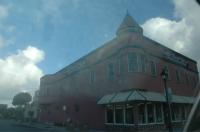Through his ties to the entertainment industry, Moss Beach hotel owner Billy Grosskurth met lots of eccentric characters but the red-haired Woodside millionaire George Whittell may have been the strangest of them all.
Perhaps the men became acquainted in Oakland. Whittell loved animals and he may have been drawn to Idora Park, where Billy worked as the theater’s manager. Part of the show included caged animals.
A third generation Californian, Whittell inherited a fortune from his parents who had invested wisely in real estate. Not the working type, George pursued the life eccentric. He owned a luxurious apartment in San Francisco, a chateau in France, an apartment in Paris–but these were just the trappings of the super rich, just like his custom made Duesenberg automobiles, world class speedboats, airplanes, expensive gadgets and toys were.
Of all the eccentric characters Billy Grosskurth met up with, George Whittell (below with is dog) may have been the strangest of them all. It was at his Woodside estate on Kings Mountain Road–and later at Thunderbird Lodge on Lake Tahoe– that he began to live out his fantasies. photo Thunderbird Lodge Preservation Society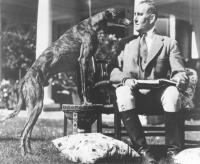
And his fantasies included a love of circus characters, and it was widely known that Whittell kept lions and elephants outside his Woodside home. Like Billy, he’d had woman trouble, too, though of a different nature. When George Whittell was an impulsive young man he wed an actress his parents disapproved of. They paid the lady to vanish and start another life. Later, again single, some women George met complained about his behavior, even resorting to the courts for financial compensation as a result of injuries they claimed to have suffered.
At Woodside he kept a lion that scared off U.S. Marshals attempting to serve him with a subpoena. A local joke was that a boa constrictor that hadn’t eaten in several months lived in a tree near the estate’s entrance.
By 1934 his erratic personal life had settled down. He married a lovely woman he met during World War I in Paris where he earned honors and distinction driving ambulances in the City of Lights. And unlike others who were financially devastated by the Great Depression, Whittell was one of the remarkable few who preserved his wealth by liquidating his stocks before the market crash.
All was not perfect in his life. George was in the middle of a thorny situation. He was being sued by his stepbrother Alfred for half of the family inheritance–reportedly some $9 million. As Whittell tried to overturn Alfred’s suit, the newspapers rubbed their hands together, anticipating a juicy trial.
Whittell’s lawyers recommended that he change residence to avoid his stepbrother’s lawsuit and so he was building a fabulous getaway at Lake Tahoe called Thunderbird Lodge–outfitted with a boathouse large enough to berth his custom-built 50-foot speedboat, powered with two airplane engines. There was also special housing for three elephants, stone stables standing side-by-side, outfitted with individual fireplaces to keep the animals warm when the weather turned cold.
How unlikely it seemed that the paths of Moss Beach hotel owner Billy Grosskurth and Woodside millionaire George Whittell would cross–but that is exactly what happened in an extraordinary encounter on New Years 1934 at the Marine View Hotel.

